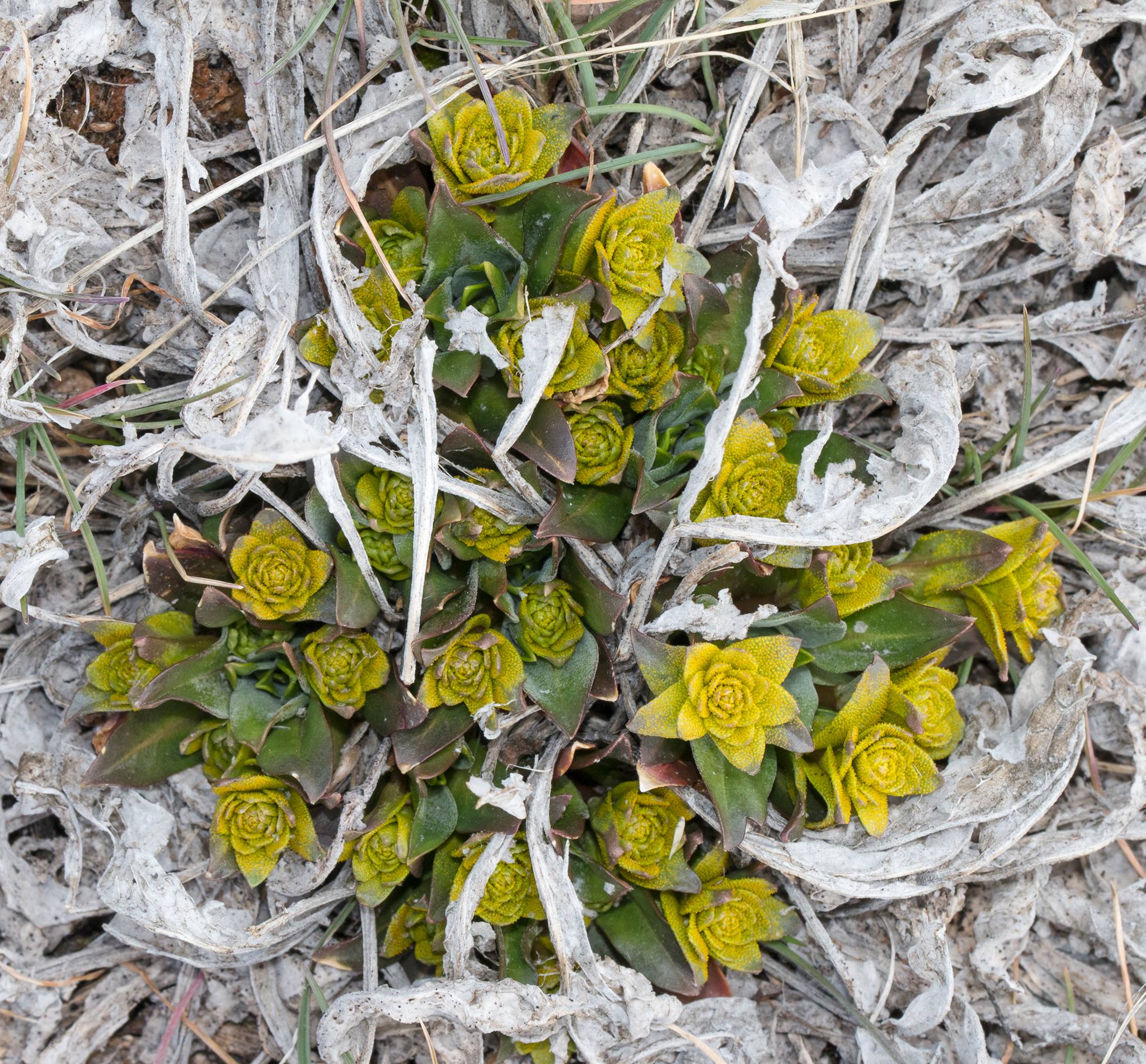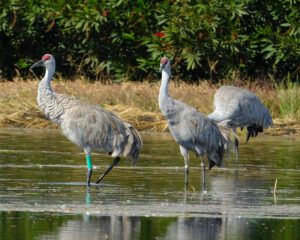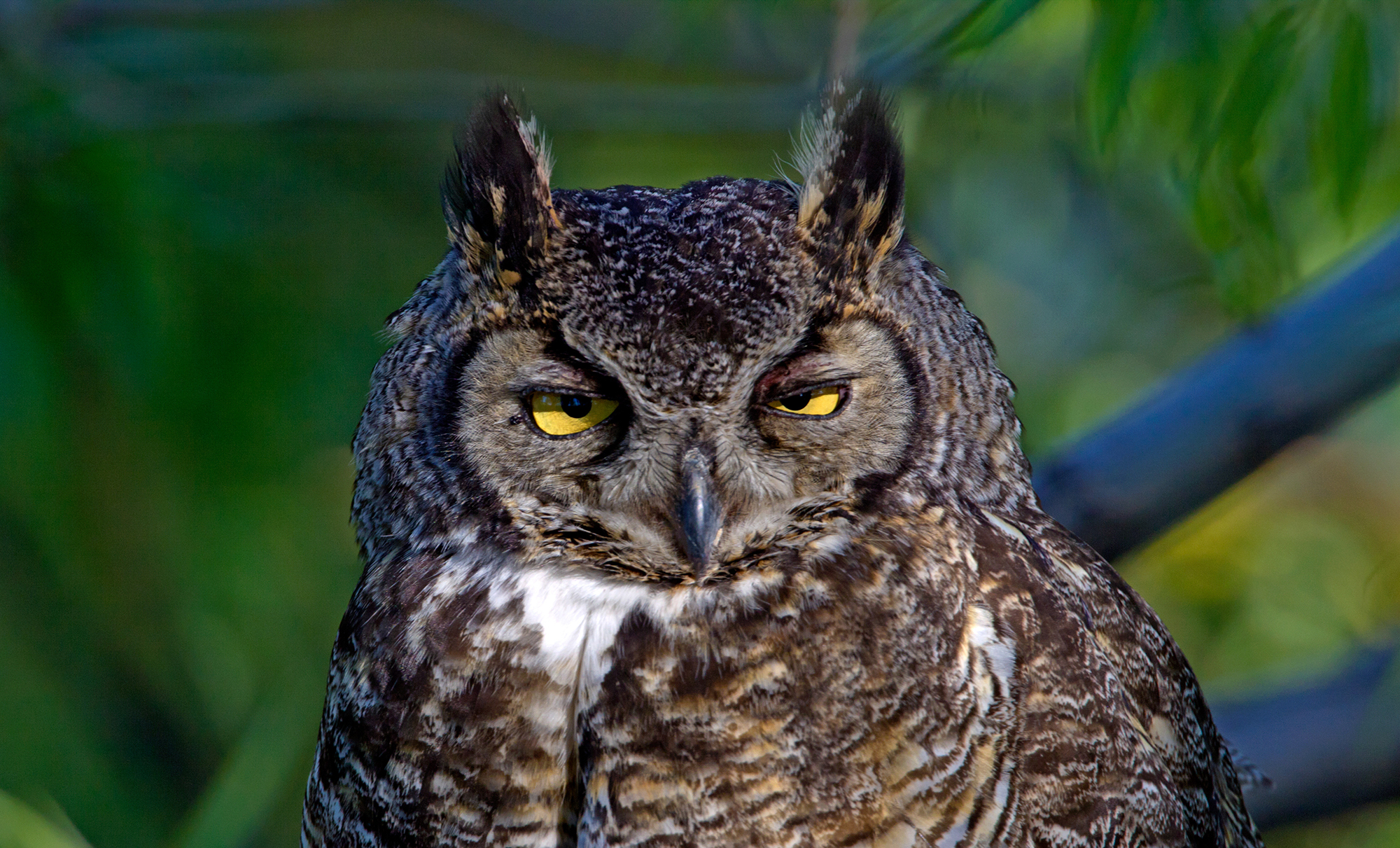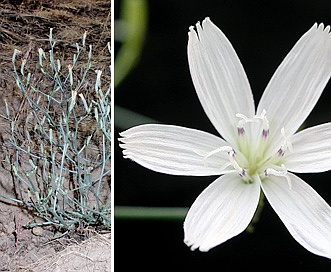Written by Peter Pearsall/Photo by Peter Pearsall
A walk through the sage-steppe this time of year usually turns up some of the first high-desert wildflowers blooming between the dormant shrubs and still-brown grasses. Sagebrush buttercup, Beckwith’s violet, yellow bells and several biscuitroot species are among the earlier species to flower. But there is another springtime plant, superficially flower-like in appearance, that bears a closer look.
This rosette of yellow “blossoms” is in fact a rust fungus (Puccinia monoica) infecting a native mustard species. The fungus commandeers its host, altering its natural growth habit to produce yellow rosettes of “pseudo-flowers” which offer no real nectar or pollen but instead serve the reproductive purposes of the fungus.
By forcing its host’s pseudoflowers to manufacture floral scents and sticky, sweet “pseudo-nectar”, Puccinia deceives insects into landing on the infected plant. The fake flowers even mimic the lines and patterns known as nectar guides, visible under ultraviolet light, that many real blossoms sport to visually attract pollinators.
Once the insects alight, they inadvertently collect fungal gametes from the hundreds of “spermatogonia” that cover each pseudoflower. These insects then fly off to visit other pseudoflowers, bringing the hitchhiking gametes along to effectively “pollinate” the fungus.
But this is just one phase of Puccinia‘s life cycle. Once a Puccinia pesudoflower receives the right gametes to undergo sexual reproduction, it loses its bright color, attractive odor and sticky exudate and starts producing spores. These spores, carried by the wind, eventually land on certain grass species, which are the fungus’s secondary hosts. Once the spores germinate and infect the grass, a new, special set of spores is produced–these drift on the wind and eventually attach to mustard plants, starting the cycle anew.














